Eulogy, Herman Kooyman MSC
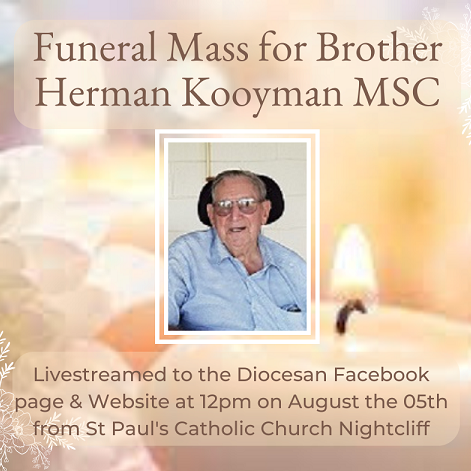
With thanks to Malcolm Fyfe, photos John Kelliher and of Herman’s craft, epecially at Downlands College, to Anne McAtomney, Chevalier Institute
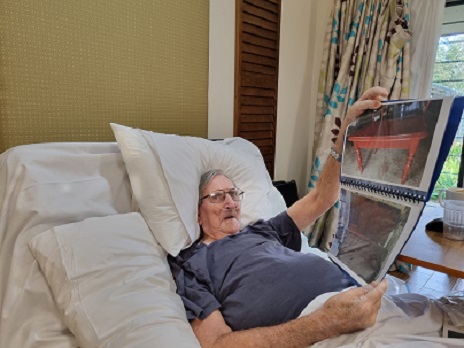
My soul proclaims the greatness of the Lord!
This expression of Mary’s joy that we heard in today’s Gospel, will find an echo in our hearts as we celebrate this special Eucharist, commending Brother Herman Kooyman’s soul to God, in anticipation of his mortal remains being consigned to the earth at the Missionaries of the Sacred Heart Cemetery at Douglas Park, New South Wales, in accordance with Brother Herman’s explicit request. And I can add that this sentiment was uppermost in Brother Herman’s thoughts and prayers as he prepared for the inevitable in recent months, looking back with thanks to God and a sense of satisfaction at having completed almost 60 years of religious life as a Missionary of the Sacred Heart.
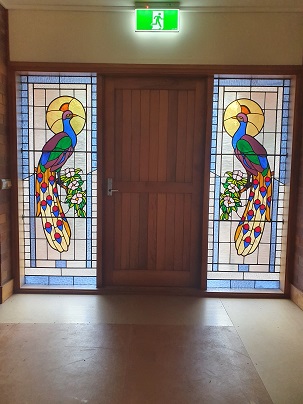
His first Religious Profession takes us back to 1964: how impressive the realization that Brother Herman was helping to build up the Kingdom of God all these years. So, in spite of the loss we experience, whether we are family members, his religious confreres or simply his friends, at his passing from this world to the next, it is more important that we celebrate Brother Herman’s achievements and give thanks to God. Today, with Bishop Charles down in Alice Springs, Bishop Eugene Hurley, NT MSC Superior Father Leo Wearden, St Paul’s Parish priest, Father John Kelliher and I welcome all of you here present and those watching from afar. We invite you to join us in thanking God for all that Brother Herman was able to be and to do as a committed follower of Jesus and an outstanding Missionary of the Sacred Heart.
Hermanus Johannes Kooyman, to cite his baptismal name, was born in Holland on the 31st of August 1935 in a small town called Uithoorn, south of Amsterdam. He was the second of seven children, five boys and two girls. Of these, only his two sisters survive, Ellie and Anne.
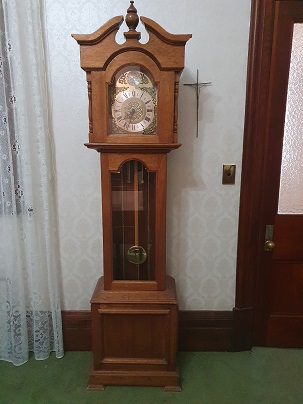
In those days it was a very traditional Dutch Catholic church that Herman grew up in. He said it preached not so much a loving God but a very thorough judge, who marked down in a big book any slight thing that you did wrong. Herman says it was not easy to unlearn those first impressions.
After finishing primary school just before his 12th birthday, Herman went to trade school for two years. This was somewhat like our modern-day TAFE courses. He learned carpentry and started work in a joinery shop at 15 years of age. We should remember that this was only 5 years after the Second World War had ended and that life was a struggle in those days.
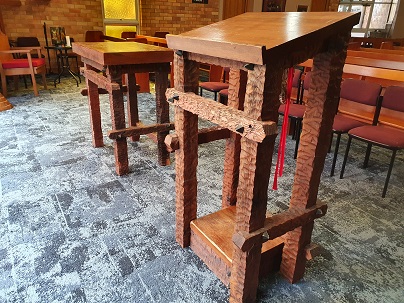
Along with many others from the Netherlands, his parents thought that there was not much future in the home country and they decided to migrate, but it was only after repeated applications that Herman, his father and elder brother arrived in Melbourne in 1952 while his mother and the younger children had to wait back in the Netherlands for another year before they could come out here.
The family moved to Queensland in search of work and Herman got a job with a Dutch builder in Brisbane. Employment conditions were not good so Herman went to Esk and got a job in a joinery shop where he says the pay was a little better.
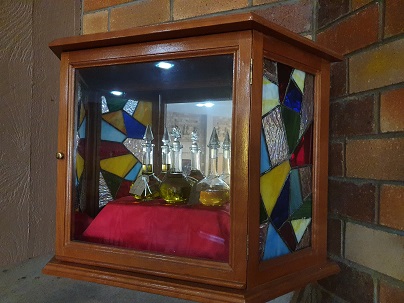
About two years later the family moved to Toowoomba, the main reason being that they could go to Mass regularly and there was catholic schooling for the younger children.
Let me say at this juncture, that across the many years I knew him, he was ever ready to share the story of his life in considerable detail.
In Toowoomba, Herman became very much involved with the YCW and it was towards the end of 1959 that he read an article in a catholic paper that said they were looking for lay people to go and work in the missions. Still single, because the right girl had not yet shown up, Herman decided to go and work in Papua New Guinea for two years. Herman saw the hand of God in all this because within a short time at Milne Bay in 1960 he felt very much at home there and it was Father Bill Ryan, a Missionary of the Sacred Heart, who suggested to him that he should join up as a religious brother. Milne Bay, as you may know, is at the far eastern tip of Papua New Guinea and was the site of a decisive battle against the Japanese invaders in 1942 that showed for the first time that the Japanese army was not invincible.
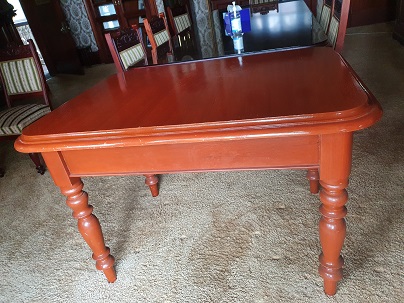
So, mid-1962, Herman came south for his Novitiate at Douglas Park. Herman told me that a year later, the Novitiate year behind him, on the very day he pronounced his first vows, he wrote a letter to the then Provincial, Father Leo McDougall, volunteering to go back to Milne Bay because he had fallen in love with that place, a feeling that remained with him all his life. However, it was only after 7 years spent as a brother in other houses of the Congregation here in Australia that he got back to Papua New Guinea at the end of 1969 and went to Hagita: his appointed task? To build a Church. Then he moved to Port Moresby where he worked for 6 years, after which he was able to return to his beloved Milne Bay.
He spent the next 10 years there doing a lot of building jobs including churches, classrooms, dormitories, convents, community halls etc. but then he got quite sick and was told by the doctors at the Mater Hospital in Brisbane that he should retire and it was then that he moved to Downlands College at Toowoomba in Queensland where he was diagnosed as having Spastic Paraplegia, a condition that only worsened with the passage of the years. In recent days, following news of his death, numerous tributes have been flowing in from Downlands College, mourning Herman’s loss and testifying to the respect and affection staff members had for him.
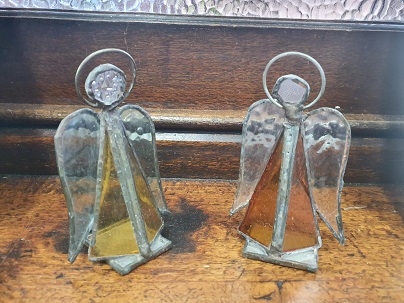
Clearly, at Downlands College Brother Herman kept very busy with furniture-making and other creative work and led a very full and constructive life. However in 2008, on a visit to Darwin, he succumbed to this city’s charms, partly he says, because it reminded him of his time in Papua New Guinea. He was always very happy here and hoped to remain in Darwin for the rest of his days. Here too he occupied himself in the making of all sorts of artefacts. He was in fact a highly skilled craftsman
During his time in Darwin his health issues kept on increasing. Due to his Spastic Paraplegia, he progressively lost the use of his legs and his mobility. And recurring ulceration of his legs meant he was spending long periods in hospital, to the point that after seeking medical advice, he underwent, first, the amputation of one leg and later the amputation of the other.
I want to acknowledge here the kindness and care that Brother Ted Merritt unfailingly showed to his confrere Brother Herman. No matter how tired he was after a day of helping Darwin’s marginalized residents, Brother Ted made it a high priority to visit Brother Herman on a daily basis, unfailingly taking a Magnum Ice Cream with him wrapped in newspaper from the Ranch at Nightcliff to the Pearl Aged Care Home in Fannie Bay plus occasionally, a cask of fruity white wine.
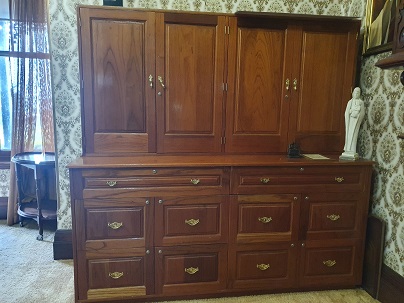
I want to say something about Brother Herman’s spiritual life, if I may. In talks with him, I could see that he was conscious of God’s presence and activity throughout the years of his religious life. One of his most treasured possessions was his Daily Office Book which has pride of place here today on his coffin along with a copy of the MSC Constitutions. He found the psalms and the daily readings nourished his prayer life. And although from time to time he expressed frustration at understandable delays between his calling for assistance from the staff and getting the help he needed, I never once heard a murmur of frustration or complaint about the disabilities and suffering that he endured in his own beleaguered humanity. He bore his monumental disabilities with impressive resignation. In recent talks with him he expressed calmness and a sense of peacefulness at the prospect of dying and meeting his Lord and Saviour, whom he was able to say with confidence, that he had faithfully served.
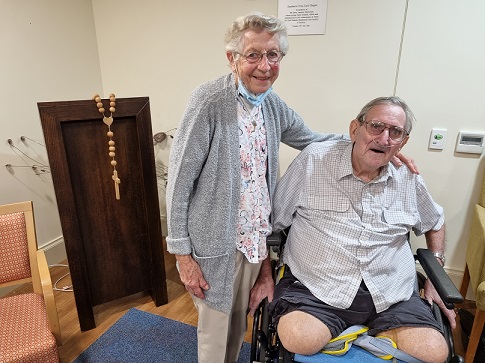
A highlight of Herman’s final weeks was the visit his sister Anne and her daughter Julie made to see him two weeks before he died. At that stage we were all falsely assuming that he had several months more to live. They are now very thankful that they made the trip to Darwin to visit him and spend a couple of unforgettably precious days with him. Father John Kellher enabled this to happen with outstanding hospitality. Anne and her three daughters, Julie, Dianne and Tracey, are now planning to fly down to Sydney for the Requiem Mass at Kensington Monastery and after that, will accompany the funeral cortege to Douglas Park where Herman’s body will be buried.
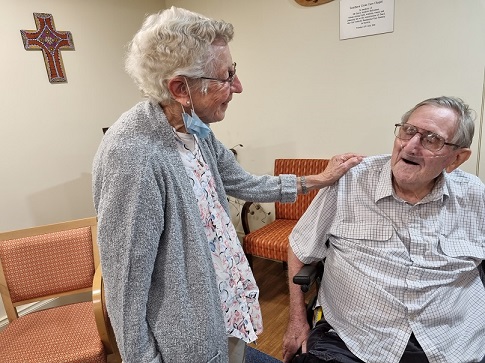
God was forever faithful to Brother Herman and Brother Herman has been very faithful to God. Just as Mary, from the very depths of her being, glorified God, - we heard her Song of Joy today in St Luke’s Gospel: ‘My soul glorifies the Lord’ - during his nearly 60 years of Religious Profession, Brother Herman continually gave praise to God through a religious life well lived. I am sure that Brother Herman is now in a far better place and can continue to make that thanksgiving his own.
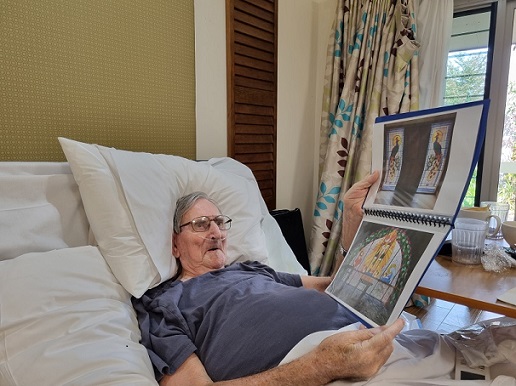
In this Eucharist we too join with him as we give thanks to God for the wonders that he worked in and through Herman, through an outpouring of love from the Sacred Heart of Jesus, under the maternal guidance and inspiration of Our Lady of the Sacred Heart.
Malcolm Fyfe msc 05.08.2022